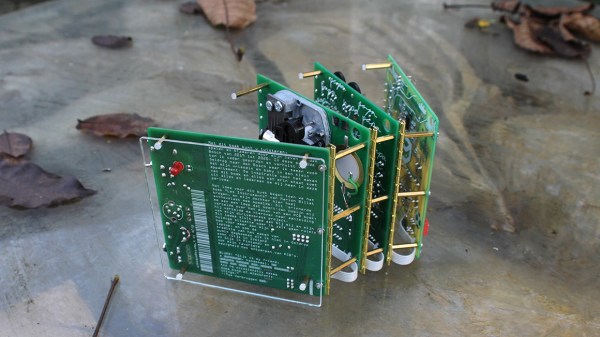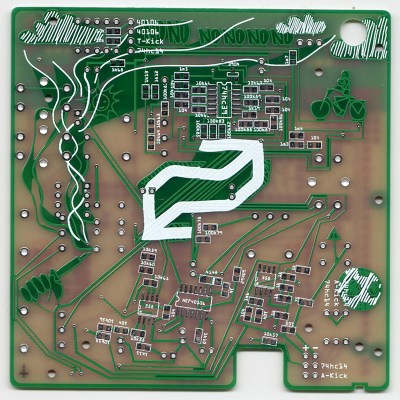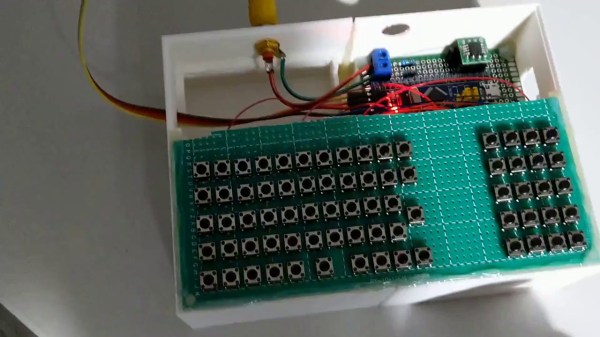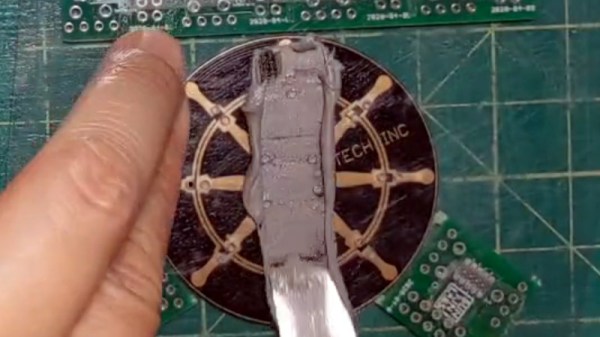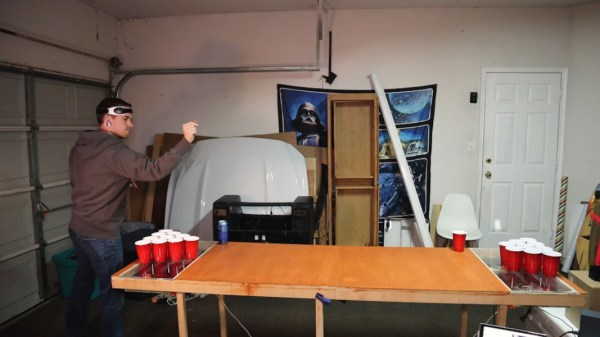There are a great variety of ways to build a random number generator, and similarly many ways to generate numbers that appear random, but in a pure mathematical sense generally aren’t. [Daniel Valuch] built a Christmas decoration that does the latter, displaying the results on an attractive flashing ornament.
The build relies on a 16-bit linear feedback shift register, or LFSR. The LFSR generates a stream of numbers, with each number dependent on the previous state of the register. Thus, the numbers generated are pseudorandom, not truly random, and depend on the initial seed value of the system. [Daniel] built the shift register using relays, which create a lovely clacking sound as the register operates, and LEDs, which glow depending on the values in the register.
The result is a cute Christmas ornament that blinks in a deterministic fashion, and has a great old-school look due to the exposed copper of the PCB and the retro LED colors used. The project also serves as a great way to learn about shift registers and basic relay logic, though the latter is rarely used these days for serious purposes. We’ve covered the topic before, too. Video after the break.
Continue reading “A Relay-Based Pseudorandom Number Generator”


